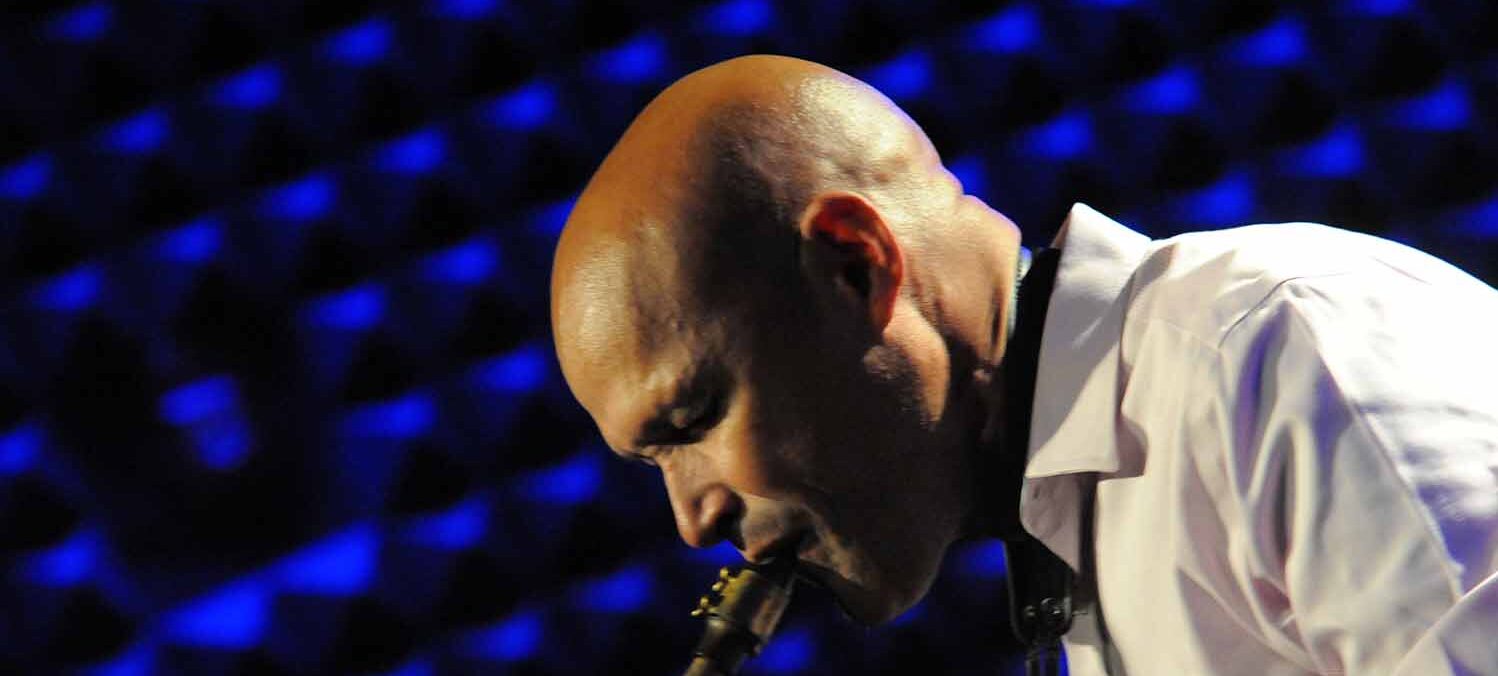The public history of contemporary design begins, almost inevitably, with Apple. On April 1, 1976, the Apple I emerged, its design every bit as ungainly as its competitors. Yet it carried a secret weapon: the mouse, a device whose true origin story is still disputed. Was it a bold innovation or an act of industrial borrowing from Xerox? We may never know for certain. No matter. What Apple perfected, slowly but surely, was the interface, an invisible architecture that users could feel but not see.
The breakthrough came in 1986 with the Macintosh Plus. Compact, monochrome, futuristic by the standards of its era, it fit neatly into offices and homes alike. Success followed quickly. Its descendants, the iMacs, became cultural icons, seductive in form, though notoriously difficult to repair. Apple had elevated design to the point of obsession, sometimes to its own detriment. The ill-fated Cube stands as a cautionary tale, followed years later by the cylindrical Mac Pro of 2013, a machine that forced professionals into a tangle of external peripherals. And yet, despite its daunting price, it sold in significant numbers, proof of the enduring pull of Apple’s aura. Today’s Mac Pros have returned to functional heft, though at prices that make them out of reach for many. Professionals increasingly rely on used machines, while Apple’s real profits rest on the iPhone, where each year’s minor tweaks are wrapped in the language of revolution.
If Apple represents the triumph, and excess, of design, Dyson embodies its discipline. On July 8, 1991, the British company reinvented the vacuum cleaner with bold colors, remarkable suction, and parts that could be disassembled with ease. Maintenance was no longer a chore but part of the appeal. Over time, Dyson extended its philosophy to air purifiers, quiet, elegant, and just as effective. For now, Dyson’s record remains nearly flawless: design that is not merely beautiful but practical.
Tesla, by contrast, tells a different story. Founded on July 1, 2003, it dazzled early on with its technology, yet design has always been its Achilles’ heel. The company’s cars often seem less like aesthetic achievements than rolling symbols of middle-class aspiration, designed to be noticed more than admired. The Cybertruck, a metallic wedge that resembles a refuse hauler more than a modern SUV, remains perhaps the most visible misstep in automotive design this century. Asian competitors, having observed these failures, appear more willing to balance innovation with visual appeal.
Then there is Rivian, founded in 2009. Unlike Tesla, Rivian positioned itself from the outset as a maker of high-end electric trucks, blending British attention to interiors and finishes with American performance. On the outside, Rivian has followed the Dyson formula: simple, clear, and beautiful. The company’s one stumbling block is price. These are superb vehicles that few can afford. The hope now is that Rivian can democratize its design without diluting its elegance.


